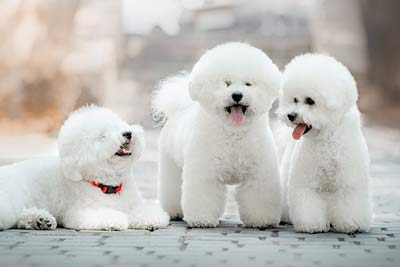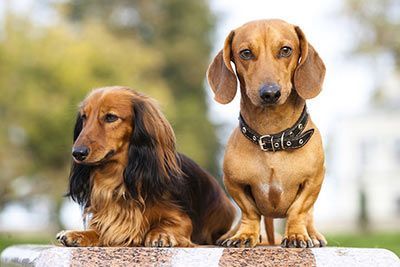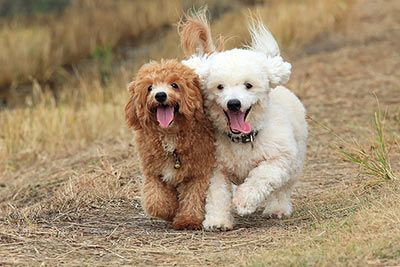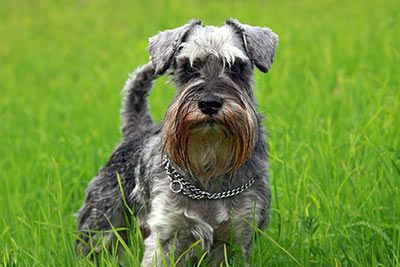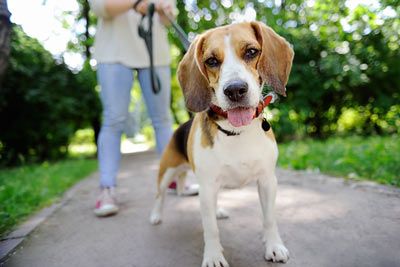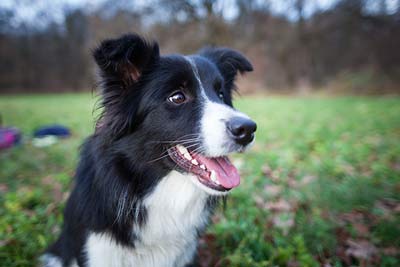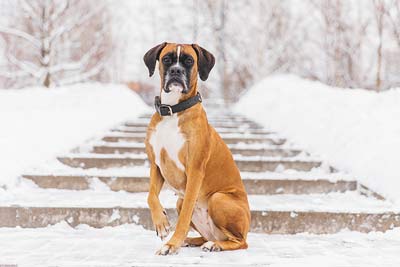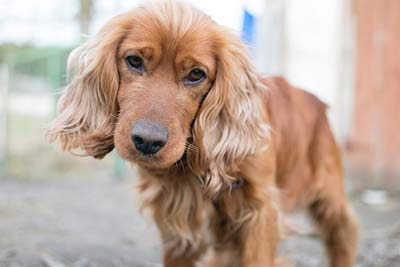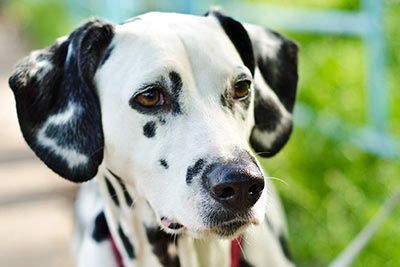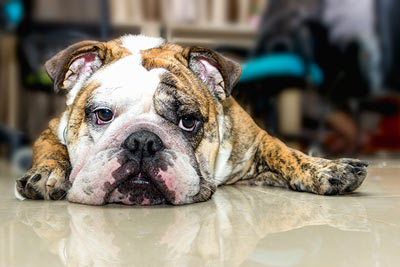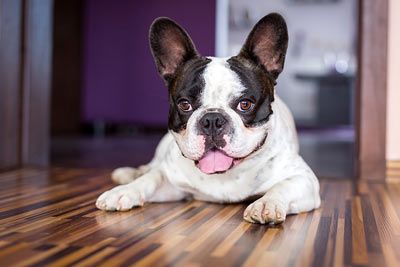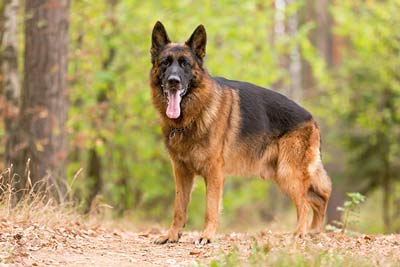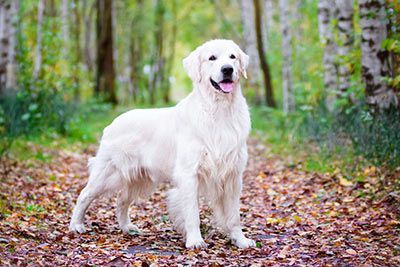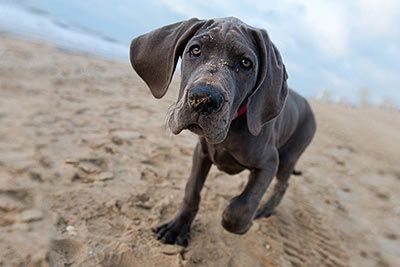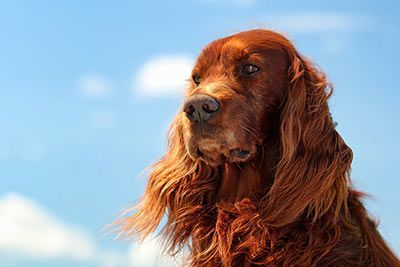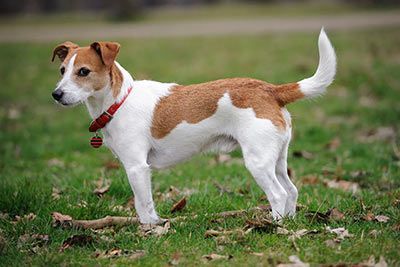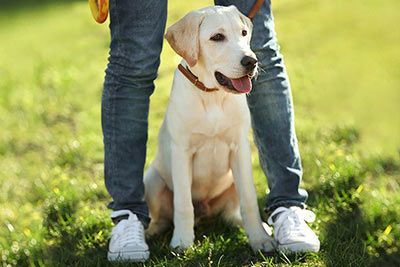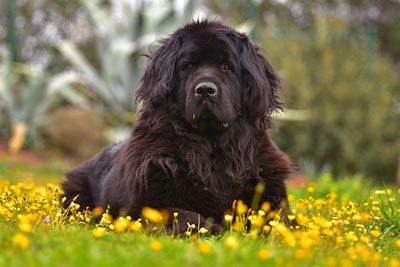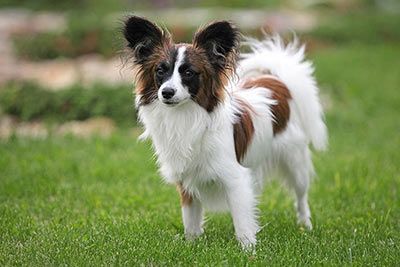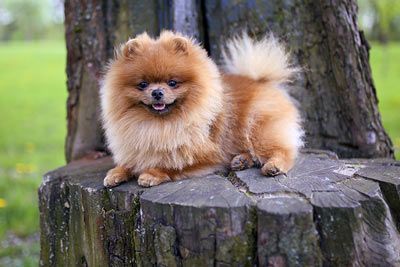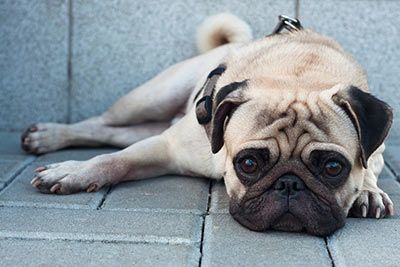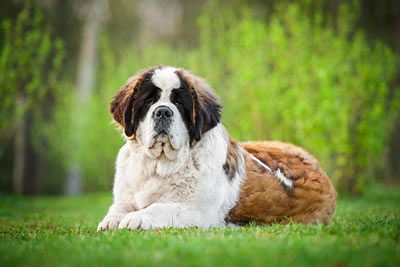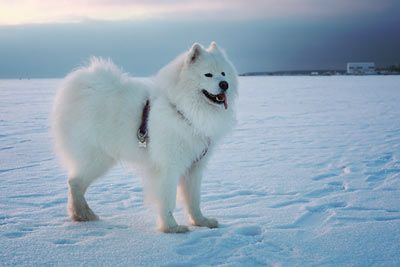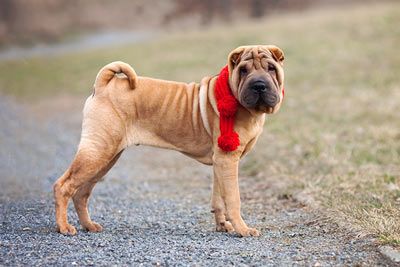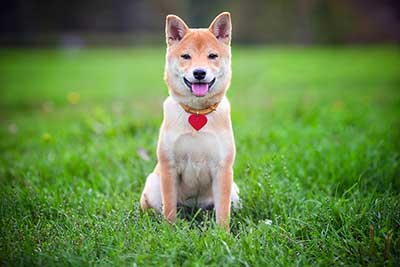Dog Hair Allergy
Are there dog breeds that are suitable for allergy sufferers? Here, you'll find all information about it!
Your nose is running, your eyes are red and you feel a little like you’ve got the flu - if you don’t have a cold, the reason could be an allergy. Allergies to dog hair are thankfully not too common. However: if an allergy does develop, good advice can be expensive. Often, the only option is to give away your faithful four-legged friend. The thought alone is unbearable for many people.
Is it possible to live with an allergy? We'll tell you which hypoallergenic breeds there are and what you can do if you have a mild allergy. You can find the complete list (with picture) at the end of the article.
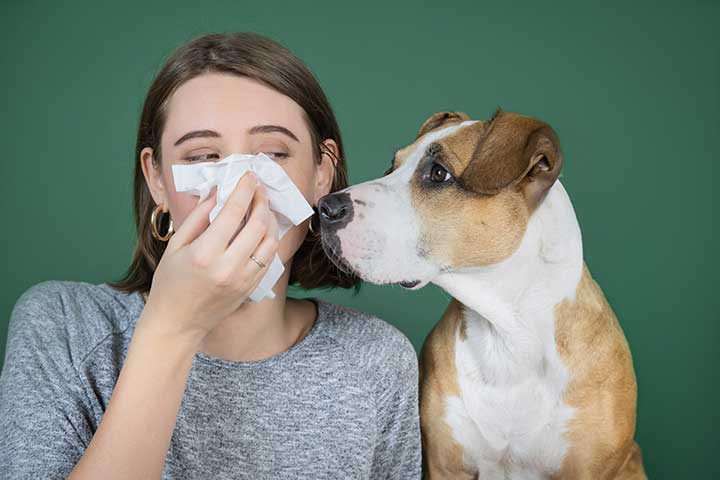
Hypoallergenic Dogs
Dogs that don’t shed a lot are hypoallergenic. Which is a little misleading, as they only cause less of a reaction - they can never be 100% free of allergens. Allergens are harmless substances that cause a severe immune reaction when they come into contact with the body.
It’s not actually the dog hair that causes the allergy, rather skin cells and saliva that are stuck to it. And when dog hair falls out, it spreads allergens all over.
It’s best to completely avoid contact. That’s why people with allergies tend to choose dogs that shed less AND that don’t drool. There’s no guarantee, because even these dogs can cause allergic reactions, but the following dogs are considered to be "hypoallergenic":
What To Do If You Have an Allergy to Dog Hair?
Our Top 5 Tips for People with Allergies:
• Clean Your Home
Wherever there’s hair, there are allergens. Cleaning is key. It’s best to vacuum all the floors and wipe all the surfaces at least twice a week. And if possible, wash the dog bed regularly.
• Wash Your Hands and Your Clothes - and Your Dog
Dogs can also be bathed twice a week to remove dead skin cells from their fur. And you should always keep yourself clean by thoroughly washing your hands after contact. Because you often touch your face without noticing, this will make sure fewer allergens will get into your nose and eyes.
• Bedroom and Couch Are Dog-Free Zones
The bedroom in particular should be kept free from animal hair. So, your dog will have to stay outside. Bedding should still be changed frequently, as hair will find its way onto clothing and into your bed no matter how hard you try. If you have a couch with a fabric cover, it’s a good idea to keep it dog-free. (Faux) leather sofas are perfect, because they can simply be wiped clean.
• Less Rugs and Furniture
If you have less furniture, you have less surface area for allergens to collect. This means: get rid of unused furniture and store things can gather dust in your basement. Wooden or laminate flooring is great because you can simply wipe hair away. Rugs and carpet hold onto hair, so should be avoided.
Once Allergic, Always Allergic?
If you can’t get a handle on your allergy even after following all these tips, then your only option is to give your pet away. Especially if asthma (very dangerous!) develops and/or there are children in the household, health must come first.
Allergies aren’t always linked to a specific breed. Some people, for example, might have a strong reaction to their neighbor’s Labrador but not their aunt or uncle’s Labrador. It depends on the individual animal.
Best Dog Breeds for People With Allergies:
All Dog Breeds from A to Z:
This article is for information purposes only and does not come with a guarantee. This article does not constitute medical advice, so should not replace a visit to your doctor. Please always contact a doctor for medical advice.

